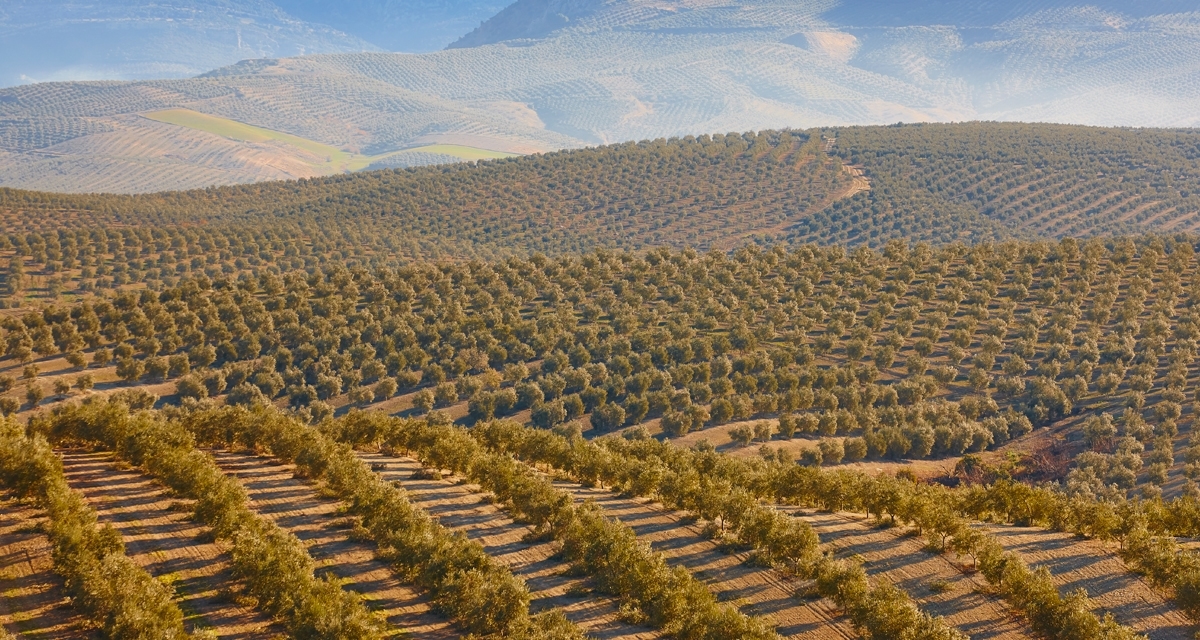
Modern times
1.600 A.D. MODERN TIMES
RISING FROM A LOWER PLANE
The affirmation that every country had and still has its own gastronomic customs still perfectly applies in the Modern Era. As much on the table as in the countryside, each people has its customs and needs. Thus, Italy, Greece, Spain and Portugal, to cite just a few of the more representative in olive oil production, each had, according to its customs and economic impositions, greater or smaller areas with olive tree plantations. However, upon assiduous reading of the compendiums of history, one can deduce that in none of these countries was olive oil production sufficient for exportation. It was just enough for internal consumption.In the early part of the Modern Age, food of animal origin was considered finer than that grown in the fields. And this phenomenon occurred even among the lower income population. As if the needs of eating habits were not enough, there were climatic adversities and wars, facts that were historically repetitive, which resulted in a preference to occupy most of the countryside with animal husbandry. The sheep supplied wool for exportation, and cattle, besides meat, provided various sub-products for commercialization. This did not prevent the olive tree from being cultivated, but not with the same importance as wheat, vines and barley. The quantity was sufficient only for domestic consumption.
During the Castilha government, the interests and seeking of ever greater profit made powerful groups of landowners and traders, contradicting the supposition that Spain always favoured the production of olive oil and olives, simply transformed extensive territories to the south of Tejo, covering the Extramadura and Andalusia, into pasture for cattle.
In Florence, in 1788, Academia Georgófili, recognizing the importance of olive tree cultivation for the Italian economy, established prizes awards for the planting of olive trees. This same public academy, in 1819, issued a theoretical-practical treatise about the olive.
Even so, Andalusia kept a good part of its land covered by olive trees, although references regarding the XVIII and XIX centuries make us realize that, due to the low quality of the olive oil, it remained far from peoples tables, it being destined for use in the lubrication of the machines that had arisen in the industrial revolution.
